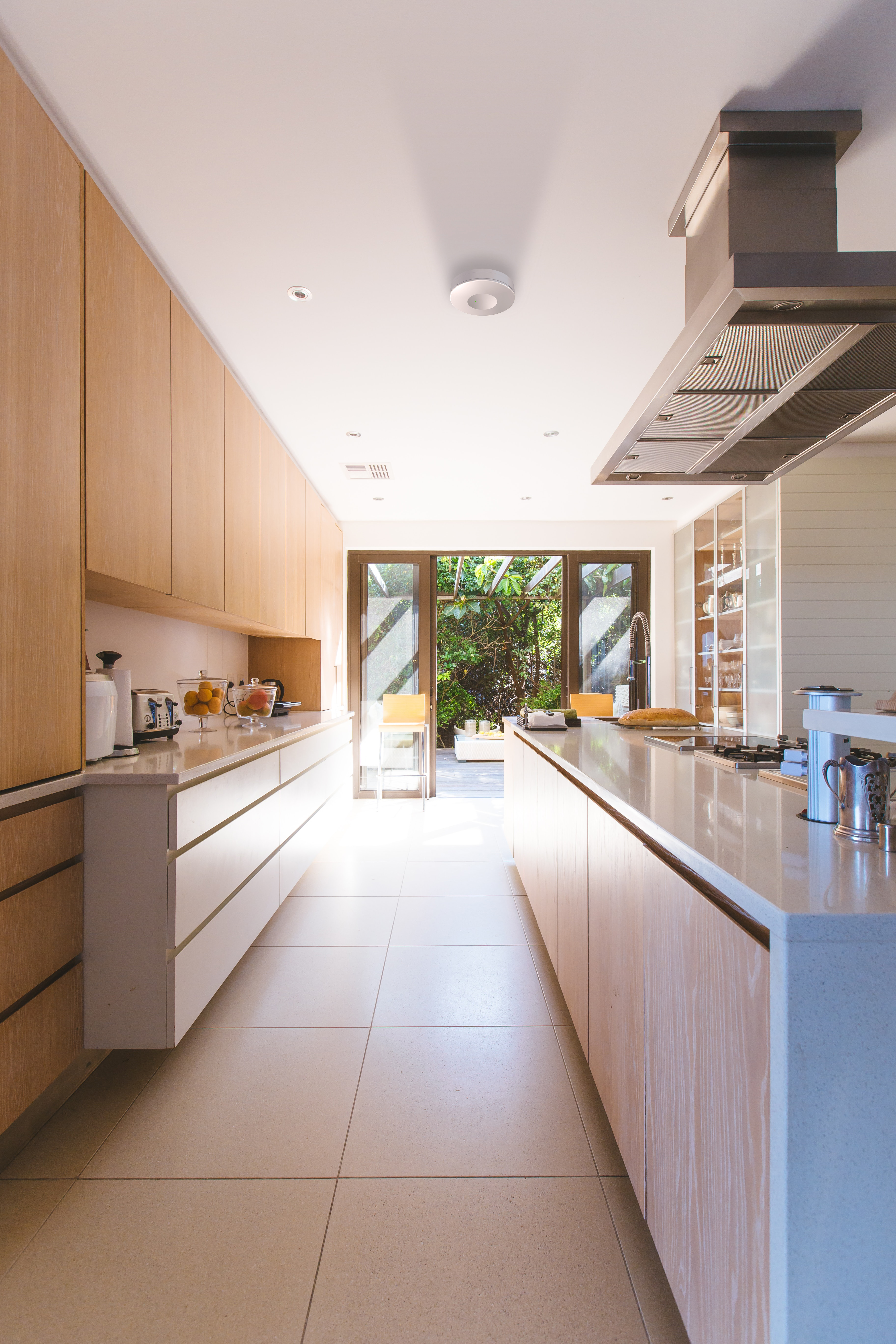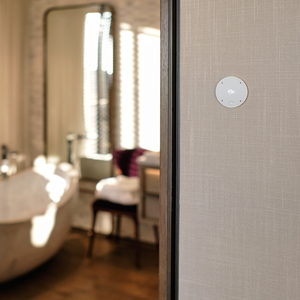Touchless Automation
Creating the Hands-free, Hassle-free Smart Home

As we continue to navigate the waters of this global health crisis, communities worldwide are all making an effort to flatten the curve. For those of us who are not essential workers, this means practicing social distancing and quarantining at home. And for those looking for more ways to help out from home, there’s still plenty we can do.
To help keep homes clean and disinfected, the CDC recommends not using frequently-touched surfaces—or avoiding contact with them altogether. Of course, this is easier said than done, as we all must eventually touch doorknobs, toilets, sinks, etc. There are, however, other areas in the home that can be easily automated to cut down on physical contact and help reduce the spread of germs—and the smart home is helping to make it happen. By adding a new layer of smart home technology to already installed smart home systems, dealers and integrators can help their customers automate their daily routines to help reduce contact with frequently-touched surfaces, like light switches, thermostats, entertainment consoles, and more.
TOUCH-FREE AUTOMATION IN THE SMART HOME
Most prominently, voice assistants, like Amazon Alexa, Google Assistant, and Apple Siri, have put the convenience of hands-free smart home control in the grasp of any user who wants it. With just a voice command, users can tell their virtual assistants to adjust smart lights, smart thermostats, connected entertainment, and more, eliminating the need to come into contact with highly trafficked surfaces. However, these smart assistants are still not intelligent enough to pick up every voice command correctly, so users will have to be conscious of their word choice, enunciation, and volume when issuing commands.
Of course, there are other ways to go hands-free in the smart home. Motion sensors are another smart home technology that has long been used by smart home fans to control their home’s smart infrastructure. But like virtual assistants, this smart technology isn’t without fault and still leaves large room for error. For instance, motion sensors can be triggered by almost any kind of errant motion, such as that of a wandering pet. So, while motion sensors may be one way to help end-users bring hands-free automation to their homes, these sensors are also opening the door for ‘dumb’ smart home mistakes, e.g., their smart lights may conveniently turn off when they walk out of the room, but they may also unexpectedly turn off when their cat or dog ambles out of the room.
HANDS- AND HASSLE-FREE
Consider a smart home ecosystem comprising smart lights, smart thermostats, and connected entertainment. Users can control all of these components without coming into contact with frequently-touched surfaces, but they must do so by voicing a command aloud or walking by a motion sensor. And both of these options come with limitations. It is, indeed, possible to attain hands-free automation by outfitting your smart home system with a virtual assistant and/or motion sensors, but the convenience of automation that these devices deliver doesn’t come without hassle.
For smart home fans who are looking for a way to truly automate their homes for completely touch-free control without the hassle of temperamental voice assistants or finnicky motion sensors, they need a new kind of smart home technology that can offer a more sophisticated means of control—and dealers and integrators can deliver with presence-sensing technology.
Presence-sensing technology (PST) is leading a new trend of fully-automated, hands-free smart home systems. This technology is deployed via a new breed of smart home sensors: the true occupancy automation sensor, which identifies an individual’s specific presence in a room and triggers smart home devices to instantly tune to the individual’s personal preferences—no touch, voice command, or motion sensor required.
Presence-sensing technology uses the unique Bluetooth signatures of individuals’ matched smartphones to sense who is and isn’t in which specific room(s) of the house and to then trigger personalized smart home scenes. Unlike virtual assistants or motion sensors, presence-sensing technology enables end-users to control their smart home ecosystem hands-free and voice-free—and without having to worry about your dog or cat tripping the settings.
Smart home automation has been a growing trend in the last few years, but now more than ever it has come to the forefront of the industry as a way for people staying at home to do their part to help reduce the spread of germs—and just in time, too, as there has never before been a technology that can deliver automation that’s both hands-free and hassle-free.








